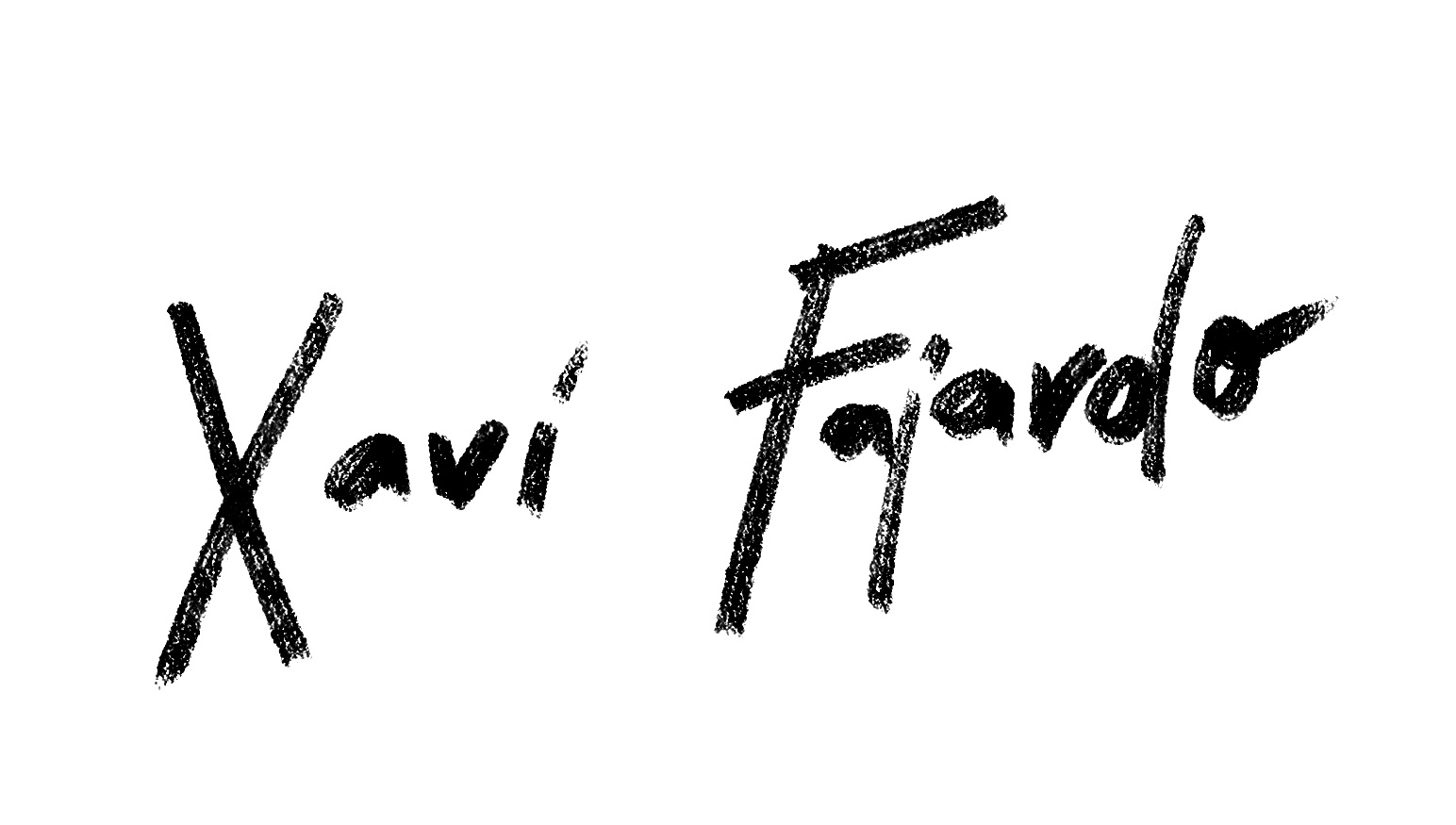Product Design
As I began my work on product design, I realized that we needed to make sure that the website not only functioned well but was also user-friendly and intuitive. To do this, I conducted a series of user experience (UX) exercises to understand the needs and preferences of our target audience. This included creating user personas, conducting user interviews, and running user testing sessions on the existing website to identify pain points and areas for improvement.
With the insights gained from these exercises, I was able to redesign the website to better meet the needs and preferences of our target audience. This included simplifying the navigation, improving the layout and hierarchy of information, and incorporating more visual elements to make the website more engaging and visually appealing.
Consumer Website
As I began working on the consumer website for Samos, my first task was to ensure that it aligned with the business goals and served as the primary communication channel for the company. After discussing with the Product Manager, we agreed on a structure for the site and I created some wireframes of the entire user experience in Miro.
Once the wireframes were approved, I moved on to the mock-up stage in Figma where I developed a Design Library that would be used for both the consumer site and the customer portal in the future. This allowed us to maintain consistency throughout the entire product design process.
Once the design was finalized, I transferred it to Webflow, where I reconstructed all the mock-ups using their tools to create the site's front end. This was a challenging but rewarding process, as I had to ensure that the site was both visually appealing and user-friendly. Ultimately, the final product was well-received by the stakeholders and customers alike, and it served as an effective communication channel for the company.
